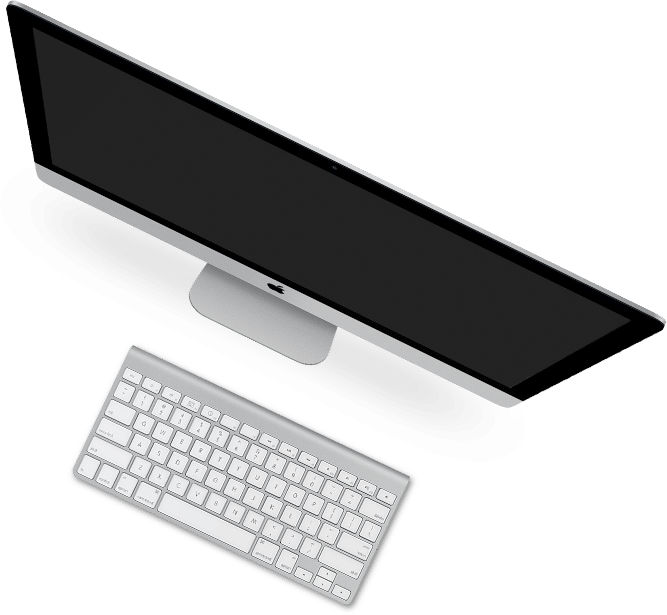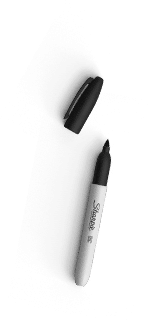This is part 3 of a 3 part series about reading the room to improve your presentation skills. If you missed part 1 or 2, they are available here Part 1: Before Your Presentation and Part 2: During Your Presentation.
PART 3: After Your Presentation
You made it through your presentation and it felt good. But, how good was it really? Did you pick up on and adapt to the needs and reactions of your audience? The process of reading the room is not over yet. Find out what your audience really thought, even when it may feel uncomfortable to do so.
1. Solicit and carefully consider feedback
When you ask your audience to take their time to give feedback, be sure to actually read it and use it. Ever wonder what happens to those feedback forms after a conference? Does anyone ever ask for feedback at the end of a meeting? Usually, feedback goes undelivered and unheard or unread. Don’t waste an opportunity to hone your ability to read the room.
In order to get the best information out of the feedback, understand that feedback often falls into three categories:
- flattery from those who loved what they heard and saw
- criticism from those who hated the presentation
- middle of the road comments.
Flattery is always nice. It is great to read that your audience thought you did a wonderful job! But, you don’t usually get any constructive feedback in the form of flattery. On the other hand, criticism that is lacking the constructive part can be just as unhelpful and hurtful. Responses from the middle are the most helpful. Think about it: the middle of the road audience is the audience that could best tell you what went well and what could be better. Unfortunately, this group does not always fill out the evaluation sheet. Instead, you often just get the two extremes. Do your best to encourage feedback from all audience members. Keep your survey short and use open-ended questions.
2. Reflect on how YOU feel about how things went.
Take notes of what you think was positive, what you want to repeat, and what you can improve. Your self-assessment will help you plan and deliver future presentations. Review your notes as you prepare for your next presentation.
3. Make an action plan for the next presentation and DO IT.
Use your reflection to create an action plan for future presentations. Cut and paste your action plan into your calendar a day or two before your next presentation. Use it as a checklist to make sure you transfer those lessons learned.
Use the strategies for before, during, and after a presentation to improve your ability to read the room. Then prepare to deliver your best!




























